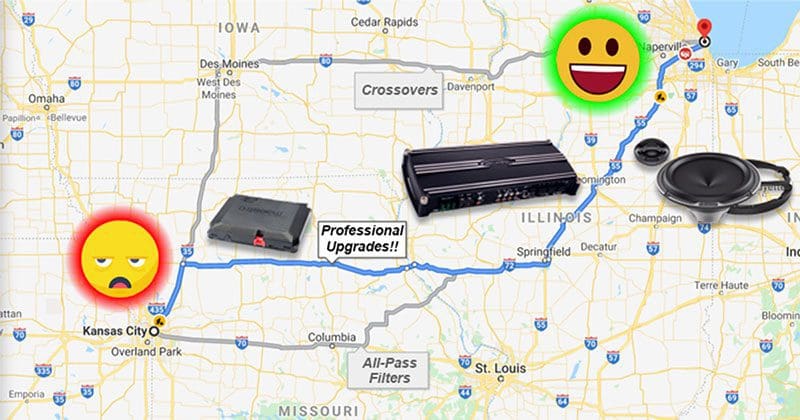As we’ve mentioned before, upgrading the audio systems in new cars and trucks is becoming more and more complicated. Features like crossovers, all-pass filters, volume-dependent loudness control and equalization can make the stock system sound respectable with stock speakers, but they present a significant challenge to drivers when it’s time to upgrade. Let’s look at why crossovers are used and how your installer can deal with them during an upgrade.
What Is an Electronic Crossover?
A crossover is an analog electronic circuit or a piece of code in a digital signal processor that attenuates an audio signal above or below a specific frequency at a specific rate. Crossovers allow speakers to operate within a specific set of frequencies, most often to protect them from damage. For example, if you have a woofer or subwoofer in your vehicle and small midrange speakers in the doors or dash, you don’t want to send hundreds of watts of power to those small speakers. The amplifier will have two crossovers: a low-pass filter that sends bass to the woofers and a high-pass filter that sends high-frequency information to the midrange speakers.
Why Do Crossovers Matter When Upgrading Speakers?
Let’s use an example of a premium factory audio system in a modern vehicle. Many of these systems have a small subwoofer in the rear of the vehicle, woofers in the doors and midrange drivers and maybe tweeters in the dash and A-pillars. In most cases, the amplifier will have three sets of channels to drive this configuration: a pair for the mids and tweeters, a pair for the woofers, and something for the subwoofer. If we had to apply our a crystal ball prediction to the crossover points, we’d guess around 80 Hz between the woofer and the subwoofer, and around 300 Hz between the woofer and the tweeter.
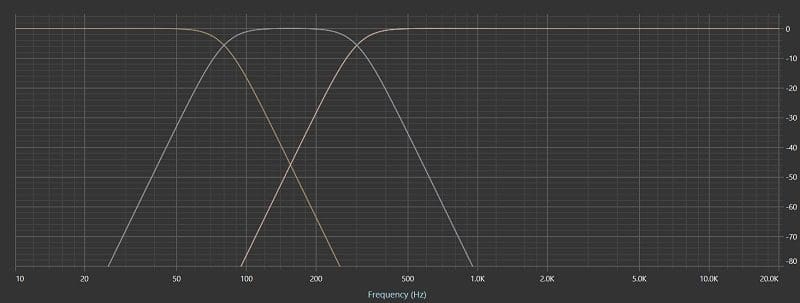
Let’s say you want to upgrade the audio system in this car with speakers that can handle a lot more power and produce more output. This is a common project. If your budget is limited to using a standard two-way component speaker set (a set with two 6.5-inch woofers and two tweeters), then your installer will have a problem getting a suitable signal to power the new speakers. If your technician uses the woofer signal, you won’t hear much in terms of vocals. If he or she uses the mid and tweeter signal, you won’t have any midbass.
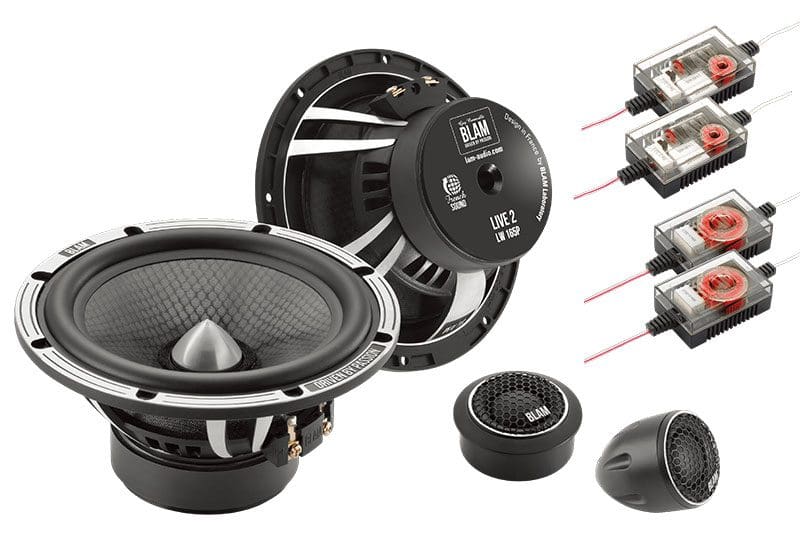
While we avoid making any absolute statements, we will say, without any hesitation, that your installer cannot just twist the two sets of wires together to combine the signals. Likewise, no devices can be added to the speaker wires to combine the signals and drive the new speakers.
Dealing with Crossovers in OEM Audio Systems
There are three options to deal with this configuration. Option one is to upgrade with a three-way speaker set that includes woofers, midrange drivers and tweeters. Assuming the frequency limits set by the factory amp work with the speakers you have in mind, this will likely be the easiest upgrade.
Option two is to add an integration processor or a DSP with factory stereo integration features to upgrade the system. These processors can recombine audio signals after they have been filtered by crossovers to create a usable signal that can be sent to new amplifier channels. This method sounds pretty good.
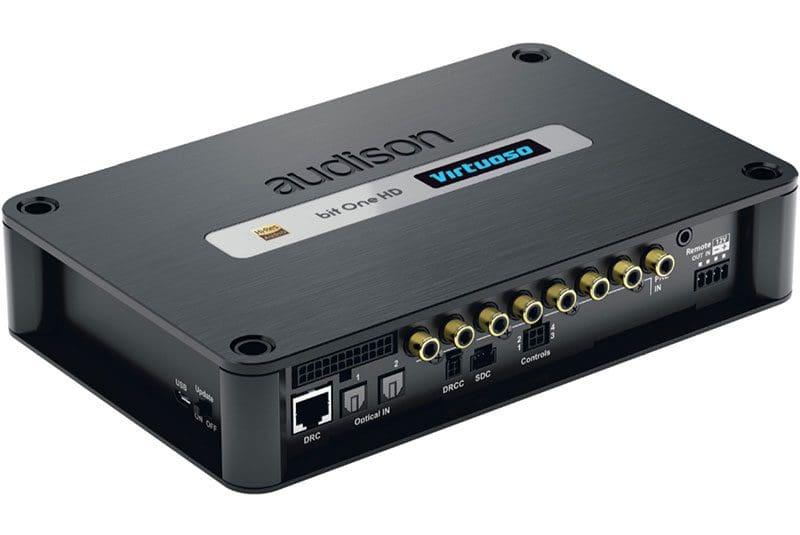
Option three is an amplifier replacement module and new amps. Executed properly with a new DSP, great amps and speakers, this will be the best sounding option. Ditching the tuning built into the factory amp will let your technician upgrade the vehicle with whatever speakers you want and calibrate the system to sound great. Of course, this will be the most expensive option, but every aspect of the system’s performance can be addressed.
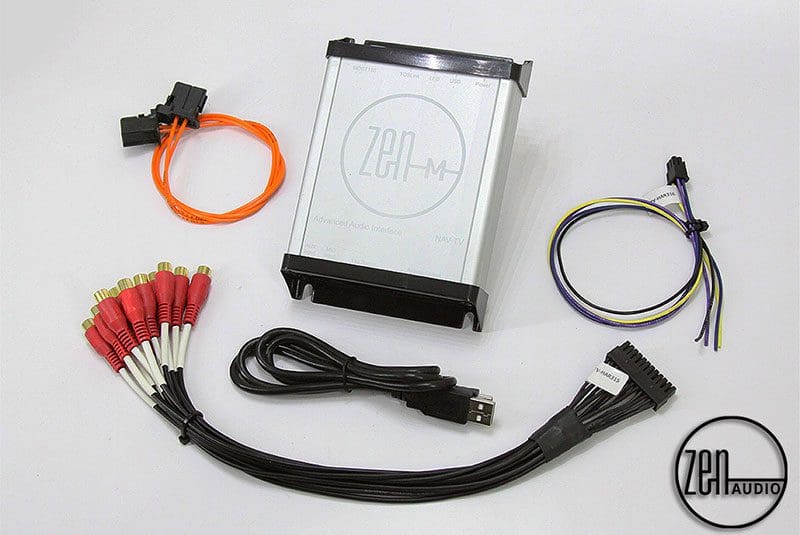
What About Passive Signal Summing Devices?
Some basic analog signal summing devices are available. These units can take the woofer and midrange audio signals and combine them. If your technician has a way to check whether the crossover points, slopes and signal equalization on both channels are absolutely identical, then you might be able to get away with this. Unfortunately, those conditions almost never happen. The result is typically very poor sound quality with what’s known as comb filtering. Comb filtering looks like a series of frequency response dips and is caused by phase issues between the two signals that are being combined. In short, this is risky at best and is unlikely to result in improved sound quality.
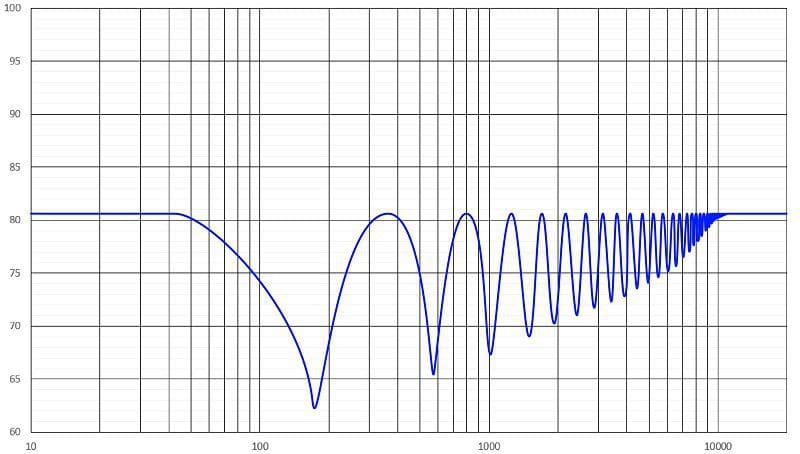
Who Should Upgrade Your Factory Audio System?
I know we’re starting to sound like a broken record, but it really is getting harder and harder to upgrade the stereos that come in new cars. It’s not just the fancy Bose, JBL, Lexicon or Burmester systems either – even base-model sound systems without external amplifiers include small digital signal processors right in the radio to improve the performance of the factory speakers. When it’s time to upgrade that boring stereo in your car or truck, start by visiting your local specialty mobile enhancement retailer. Ask them how they deal with audio systems that include crossovers and equalization. Based on their response, you can upgrade your stereo or continue your search for a retailer with the tools and training to make your stereo sound amazing.
